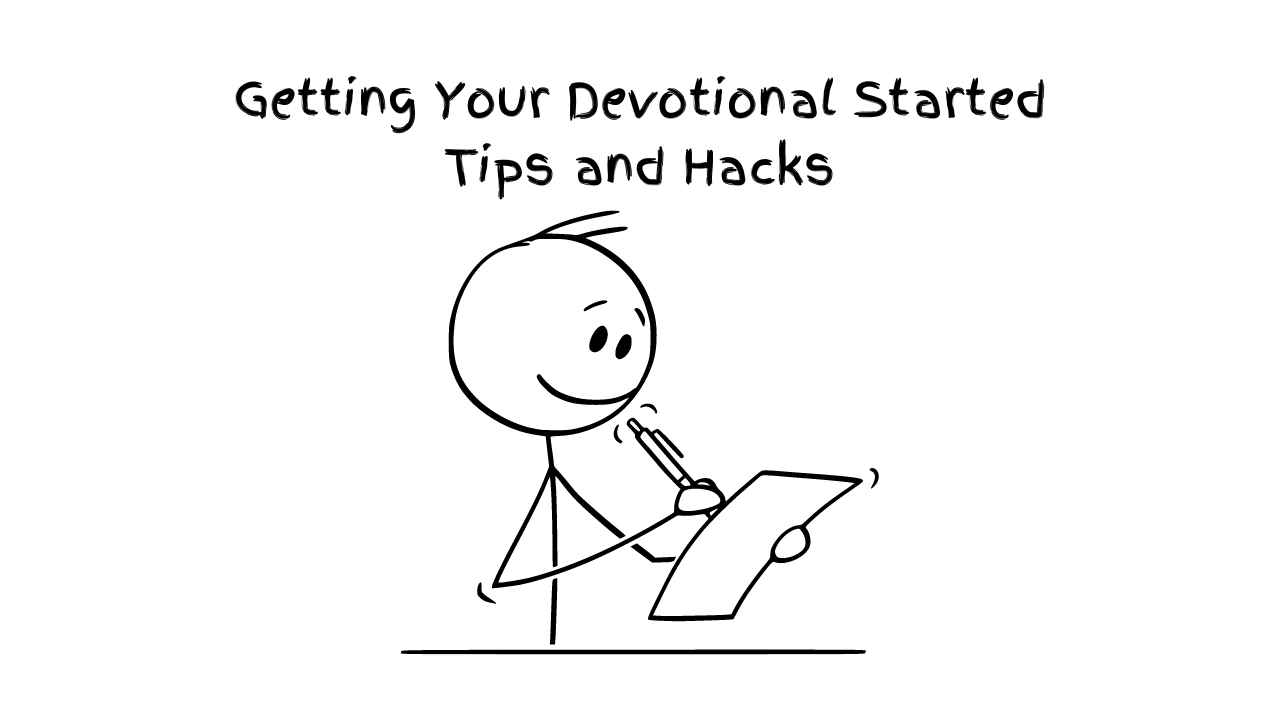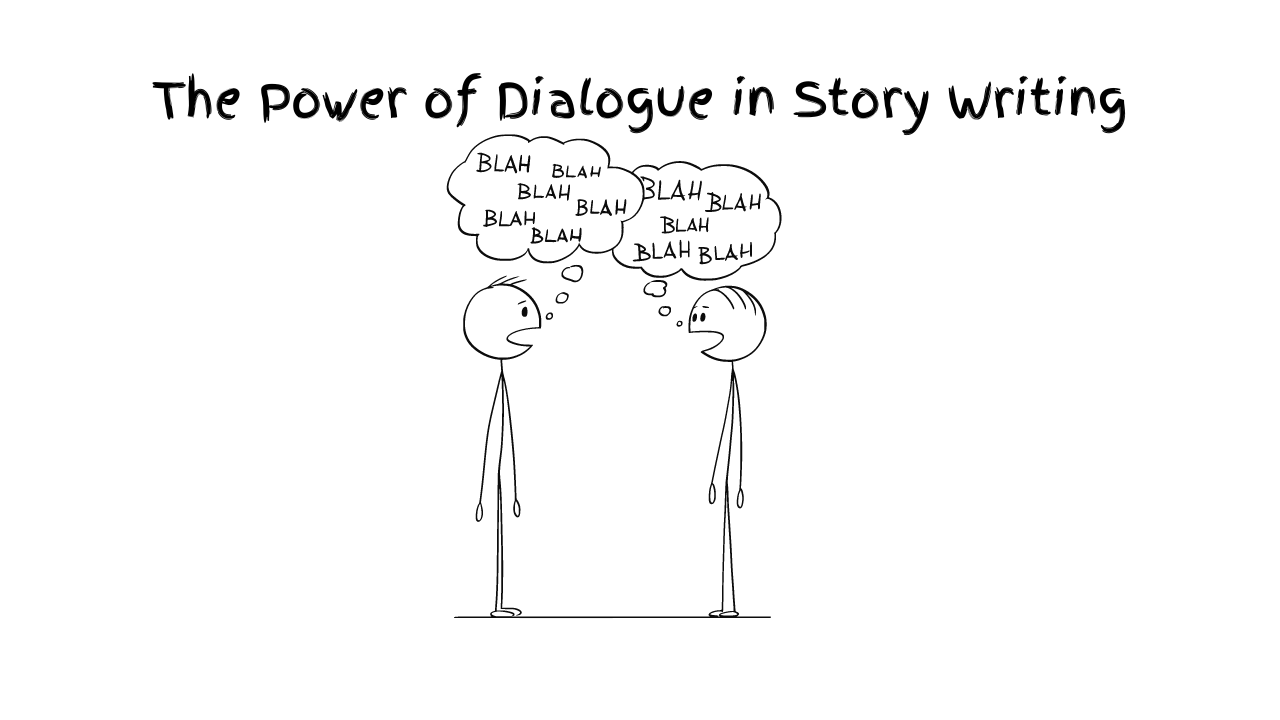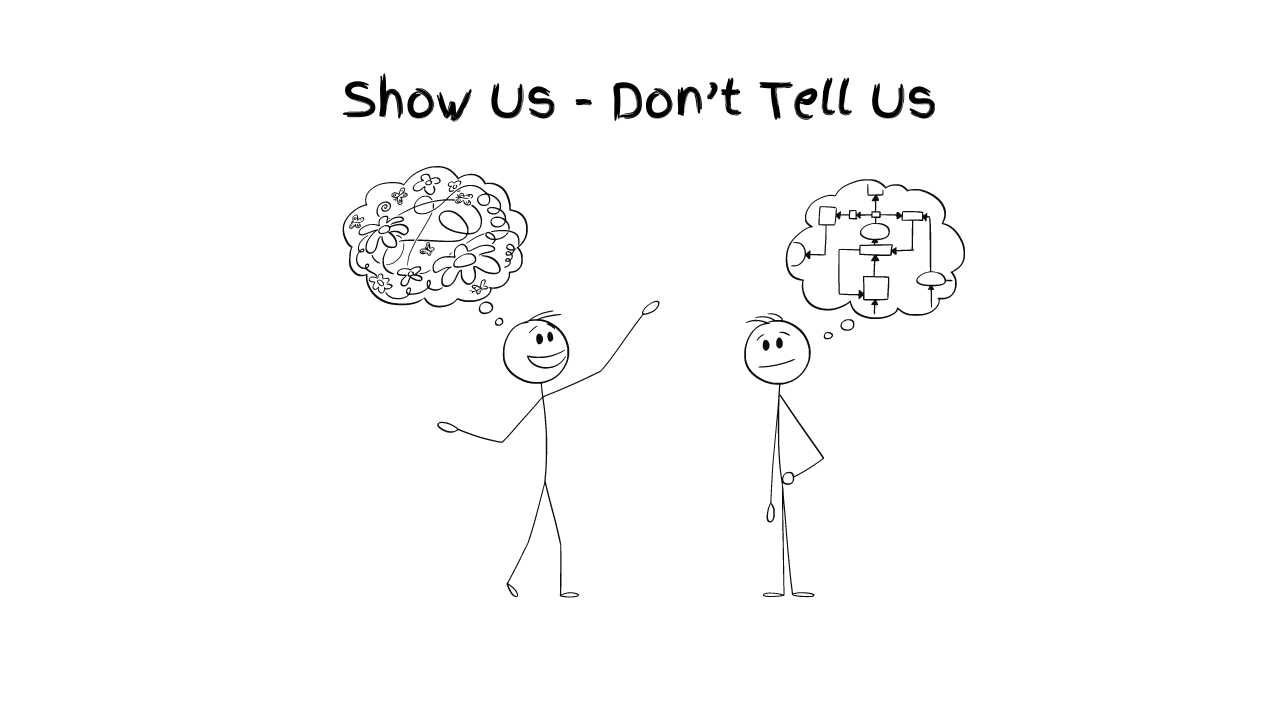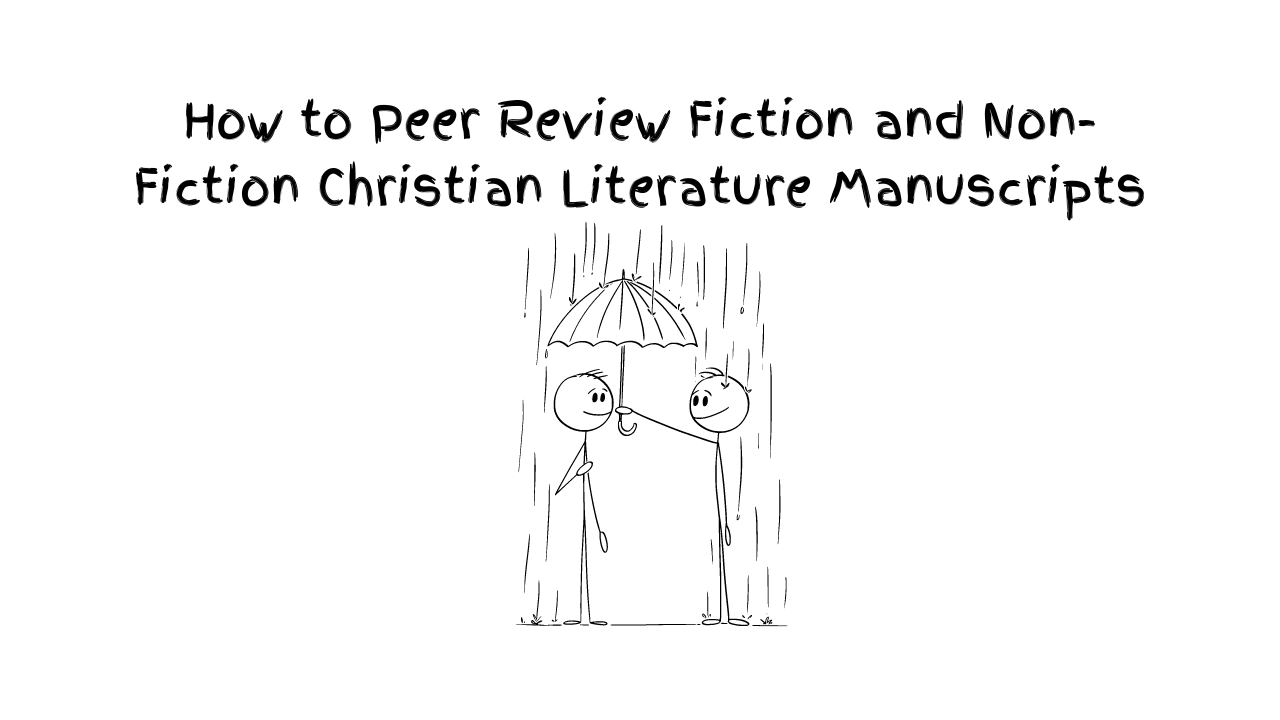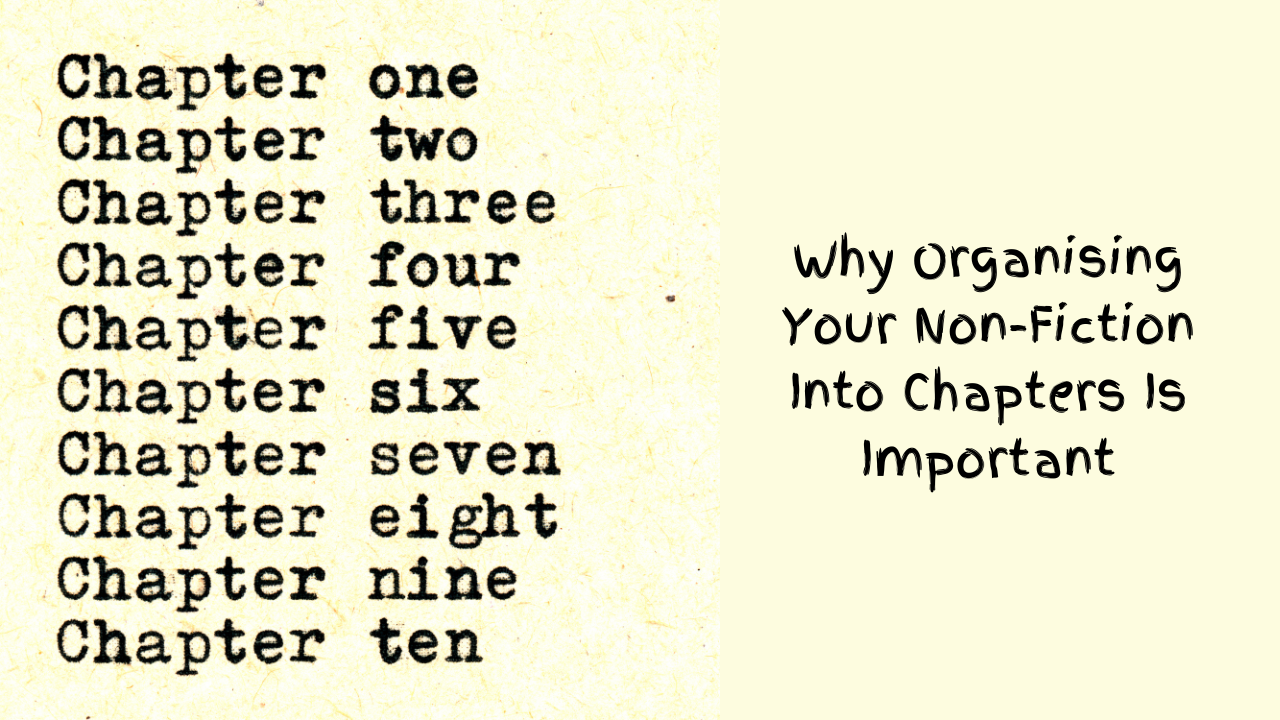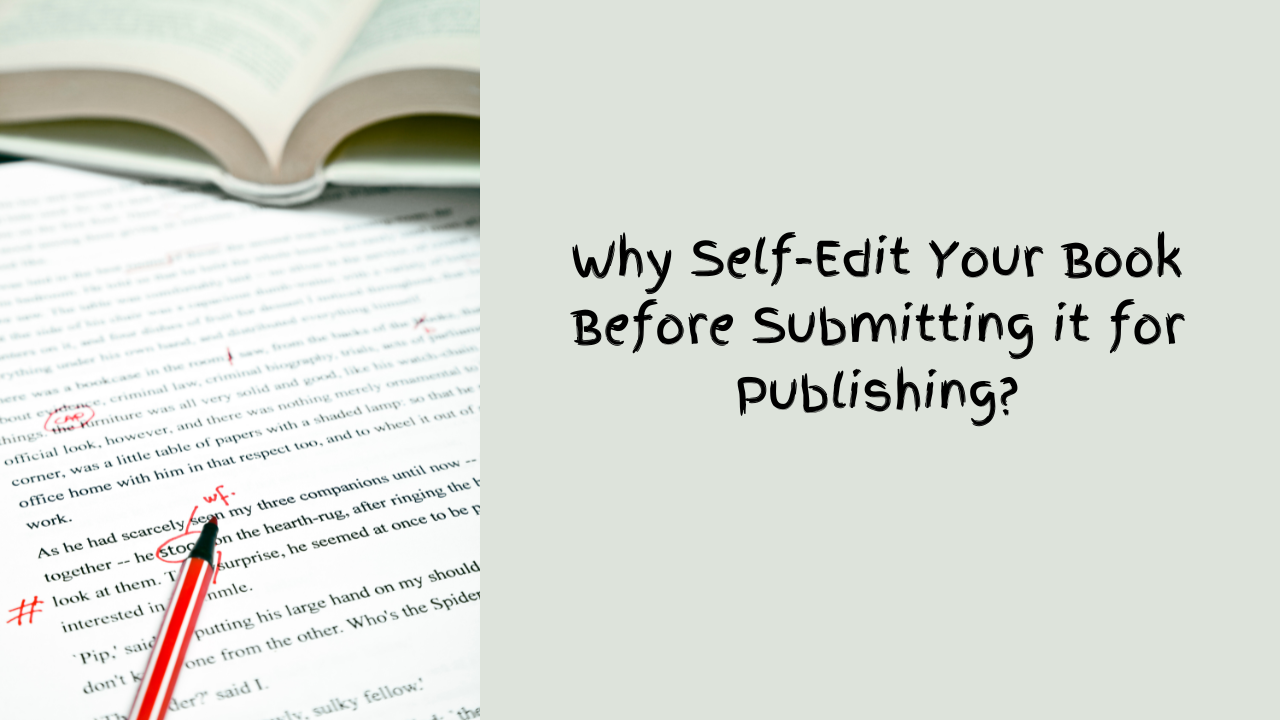This is not legal advice. Group authorship can be complex and you should involve a qualified legal expert to draft the necessary documents for your book project.
Publishing a Book with Multiple Stakeholders: Best Practices for Rights, Ownership, Expenses, and Recognition
Publishing a book that involves multiple stakeholders, such as family members or a community, can be a rewarding yet complex process. Navigating issues around ownership, rights, expenses, profits, representation, and recognition requires careful planning and clear agreements to ensure fairness and mutual benefit. Keep reading:
Reasons Why People Write a Book Together as a Family or Community
Collaborative writing projects involving families or communities are becoming increasingly common. These joint efforts often stem from shared values, experiences, and goals. Below are some key reasons why people choose to write a book together:
Preserving History and Heritage
Families and communities often come together to document their collective history, ensuring that future generations understand their roots, traditions, and significant events.
Such books serve as valuable archives that capture stories and experiences unique to the group.
Promoting a Shared Mission or Cause
Communities that rally around a specific cause—such as social justice, environmental conservation, or faith-based initiatives—may write a book to spread their message and inspire action.
These books help amplify the collective voice of the group and foster greater impact.
Healing and Reconciliation
Writing can be a therapeutic process, especially for families or communities that have experienced trauma or loss.
Collaborative writing allows individuals to express emotions, find closure, and promote healing within the group.
Celebrating Achievements and Milestones
Families may write a book to commemorate significant milestones, such as anniversaries, reunions, or notable achievements.
These projects create lasting mementos that celebrate shared accomplishments.
Educating and Inspiring Others
Some families and communities undertake writing projects to share their knowledge, values, and life lessons with a broader audience.
These books often aim to inspire readers by offering unique perspectives and wisdom drawn from collective experiences.
Building a Legacy
Writing a book together allows families or communities to create a tangible legacy that can be passed down through generations.
Such books often instill pride and a sense of belonging among members.
Strengthening Bonds
The process of writing a book together fosters collaboration, communication, and mutual understanding.
By working toward a common goal, participants often develop stronger relationships and a deeper appreciation for each other’s perspectives.
Raising Funds
Books authored by a community can be used as fundraising tools for initiatives such as building schools, libraries, or community centers.
The sales proceeds can directly benefit the group’s development projects.
Best practices to guide stakeholders through this process:
1. Determining Ownership and Rights
Ownership and intellectual property rights are critical in any publishing venture. When a book belongs to a family or community, stakeholders must decide who will hold these rights. Below are common options:
Estate Ownership: If the book is part of a deceased author’s legacy, ownership can be held by the estate. The estate administrator or executor manages the rights and income from the book.
Foundation Ownership: Creating a foundation to manage the book can be beneficial, especially if the book supports a cause or mission. This approach allows for structured governance and accountability.
Trust Ownership: A trust can be established to hold the rights to the book. This ensures that income and decision-making align with the agreed-upon goals of the stakeholders.
Collective Ownership: In cases where multiple individuals (e.g., family members) have contributed to the book’s content, they can hold joint ownership. This requires a formal agreement outlining each person’s share of rights and profits.
Single Representative Ownership: Sometimes, stakeholders may agree to assign ownership to one person, who acts as a custodian of the rights. This individual is then responsible for managing the book on behalf of the group.
2. Handling Publishing and Marketing Expenses
Sharing the costs of publishing and marketing the book is essential to ensure that all stakeholders feel invested. Consider the following approaches:
Equal Contribution: All stakeholders contribute equally to cover expenses.
Proportional Contribution: Each stakeholder contributes based on their percentage of ownership or involvement in the project.
External Funding: The group may seek grants, sponsorships, or crowdfunding to cover costs.
Advance Deduction: If the book is expected to generate significant revenue, stakeholders can agree to cover expenses using the first portion of profits before splitting them.
3. Profit Sharing
Profits from the book can be distributed using different models:
Equal Share Model: All stakeholders receive an equal share of profits, regardless of their level of contribution.
Proportional Share Model: Profits are divided based on each stakeholder’s financial or intellectual contribution.
Fixed Percentage Model: A fixed percentage of profits can be allocated to specific purposes, such as community projects, charity, or reinvestment in future publishing ventures.
4. Representation and Decision-Making
To streamline decision-making, appointing a representative or a small committee is advisable. This body will handle:
Negotiations with publishers, agents, and marketers.
Day-to-day decisions regarding book promotion, distribution, and partnerships.
Conflict resolution among stakeholders.
It is important to document the roles and responsibilities of the representative or committee in a formal agreement.
5. Recognition and Awards
When the book receives recognition or awards, stakeholders should decide how to handle public acknowledgment. Here are some approaches:
Group Recognition: All stakeholders are recognized collectively, with their names listed in alphabetical order.
Representative Recognition: A designated representative accepts awards and recognition on behalf of the group.
Authorial Recognition: If one person is primarily responsible for writing the book, they may receive personal recognition while acknowledging the contributions of others.
To avoid future conflicts, stakeholders should agree on a clear policy regarding awards and public appearances in advance.
6. Legal and Financial Agreements
Legal and financial clarity is essential for a successful collaborative publishing venture. Consider the following steps:
Draft a Partnership Agreement: This document should outline ownership, rights, responsibilities, profit-sharing models, and dispute resolution mechanisms.
Engage a Lawyer: A legal professional can help draft and review agreements to ensure they are fair and enforceable.
Set Up a Joint Bank Account: If multiple stakeholders are involved in handling finances, a joint account can ensure transparency.
Conclusion
Publishing a book with many stakeholders can strengthen relationships, foster collaboration, and create a shared legacy. By addressing ownership, expenses, profits, representation, and recognition through clear agreements, stakeholders can avoid misunderstandings and focus on the shared success of their publishing venture. With careful planning and mutual respect, such a project can become a lasting source of pride and inspiration for everyone involved.
Getting Started: Publishing Books
Preparing to Write/Publish
Step1: Prepare Yourself to Get Published…
Are you ready to publish your book? Here is how you need to prepare. Have your manuscript ready and explore the oprions available today. If you are stuck in getting it started or finished, there is several ways to get help. Explore and get published today! #RaisingAfricanVoices
Read MoreStep2: Let’s Talk About Publishing
The self-publishing landscape has changed considerably in the past two decades with new technologies such as the Internet, and the $1 billion markets continuing to change at a rapid pace. Increasingly, there are numerous alternatives to traditional publishing, and self-publishing is becoming the first choice for writers. #RaisingAfricanVoices
Read MoreStep3: Factors to Consider Before Self Publishing
Jesus, while talking to the disciples about following Him, asked them to count the cost. The same Scripture applies to authors today - you have to count the cost from the beginning to ensure you don't stop at some point in your book project's journey. #RaisingAfricanVoices
Read MoreStep4a: Requirements for Self Publishing
Are you ready to be published? Use our 4 points check list and tick 'Published Author' box so you can move on to the next God-given assignment... #RaisingAfricanVoices
Read MoreStep4b: Publishing Steps – Review
Is your manuscript due for a review towards getting published? The major focus during manuscript review is the general quality of the book. It is important to establish the overall completeness, scope and readership of the manuscript and whether the presentation and accessibility of the book is suitable. #RaisingAfricanVoices
Read MoreElementary Skills: Publishing Books
How to Write
5a: How to Write a Book Dedication
A book dedication is a way for you, the author to bestow a high honor on a person (or a group of people) you wish to praise or otherwise spotlight. This dedication note is often short and usually focused on one person (or a specific group of people). It’s supposed to be personal, rather than professional. It goes on the dedication page, which is in the very front of the book, after the title page. Here's how to write one. #RaisingAfricanVoices
Read More5b: How to Write a Book’s Foreword
A well-written foreword can function as the ultimate third-party recommendation or endorsement for your book, generating interest and helping when it’s time to market your book. Here’s how to write one. #RaisingAfricanVoices
Read More5c: How to Write a Book Introduction
Are you stuck on writing your book introduction? Here's how to... Hook the reader right from the beginning with a personal story from your life, a funny story, a joke, or just an interesting fact that causes him/her to want to continue reading. Here’s how to write one. #RaisingAfricanVoices
Read More5d: How to Write a Book’s Conclusion
If your readers are in the conclusion chapter, it also means they read the whole book, they liked it, and now they want you to wrap it up. So don’t rash it. Give them what they want. Here’s how to write one. #RaisingAfricanVoices
Read More5e: How to Write an Author’s Bio
People are looking for reasons why they should spend their time reading what you have written. You need to instill confidence in your readers that you are knowledgeable on the subject matter by writing an appropriate bio. Here's how to write one. #RaisingAfricanVoices
Read More5f: How to Write a Book’s Blurb
A blurb is a short yet descriptive account of the book that goes on the back cover or within the book sleeve of a hardcover book. It includes any information that represents the book best and intrigues the readers and shoppers to pick the book off the shelves. Here's how to write one. #RaisingAfricanVoices
Read More5g: How to Write an Acknowledgment
An acknowledgment section in a book provides the space to go into lenghty details in thanking the people who were sources of inspiration and support for your book and life. Here'show to write one. #RaisingAfricanVoices
Read More5h: How to Write a Table of Contents
A table of content shows the things that are held or included in something. In the book industry, it is a list of the chapters or sections given at the front of a book or periodical. Here's how to write one. #RaisingAfricanVoices
Read MoreTechnical Skills: Publishing Books
Refining Your Manuscript
6a: How to Write a Devotional
A devotional book is a literary work designed to provide spiritual inspiration, guidance, and reflection for readers seeking to deepen their faith and relationship with God. Get started here. #RaisingAfricanVoices
Read More6b: How to Write a Captivating Novel
A great novel is a complex interplay of various elements, but some key components often contribute to its greatness. Get started here. #RaisingAfricanVoices
Read More6c: How to Use Dialogue in Story Writing
Effective dialogue is characterized by authenticity, clarity, and relevance to the story. It should sound natural and believable, reflecting the unique voices and perspectives of the characters. Dialogue tags, such as "said," "asked," and "replied," help identify speakers and maintain clarity in conversations. Get started here. #RaisingAfricanVoices
Read More6d: How to Use ‘Show Don’t Tell’ in Story Writing
"Show don't tell" is a fundamental principle in storytelling that encourages writers to use descriptive language, actions, dialogue and scenes to reveal information to the reader, rather than simply telling them outright. Get started here. #RaisingAfricanVoices
Read More6e: How to Elevate a Non-fiction Christian Book to Make it Personal and Engaging
Transforming a flat non-fiction Christian book into an engaging and impactful read requires authenticity and connection. Share your personal testimony, use relatable real-life examples, and offer practical applications to make your message resonate. Being vulnerable about your faith journey fosters trust, while reflective questions and actionable steps encourage readers to apply the lessons to their own lives. Get started here. #RaisingAfricanVoices
Read More6f: How to Ethically Use Other People’s Public Stories in a Non-fiction Christian Book
Using public stories in your Christian book requires integrity and respect for the individuals involved. Always seek permission where possible, give proper attribution, and ensure the story aligns with your message while preserving the dignity of those featured. Avoid embellishment or distortion for dramatic effect, and focus on presenting truth with grace. By handling stories ethically, you honour both the subjects and your readers while maintaining your credibility as a Christian author. Get started here. #RaisingAfricanVoices
Read More6g: How to overcome the challenge of mixed languages in writing a manuscript
Writing a manuscript with mixed languages can be both enriching and challenging. To overcome this, establish clear guidelines for when and how to incorporate multiple languages. Use translations sparingly and only where necessary, ensuring they don’t disrupt the reader’s flow. Consider adding footnotes or a glossary for clarity and consistency. Tools like professional editors and language experts can help refine your manuscript while maintaining cultural authenticity. Get started here. #RaisingAfricanVoices
Read More6h: How to Peer Review Fiction and Non-Fiction Christian Literature Manuscripts
Peer reviewing Christian literature requires a thoughtful approach to ensure the manuscript aligns with Biblical principles while engaging readers effectively. For fiction, focus on character development, plot consistency, and spiritual themes. For non-fiction, assess clarity, theological accuracy, and practical application. Provide constructive feedback, highlighting strengths and offering actionable suggestions for improvement. A thorough peer review not only refines the manuscript but also upholds its spiritual impact. Get started here. #RaisingAfricanVoices
Read More6i: How to Ensure Diversity and Inclusion in Christian Writing
By embracing diverse voices, ensuring equitable access for underrepresented authors, and encouraging inclusive storytelling, authors and publishers can reflect the richness of God's Kingdom. This includes actionable strategies to amplify marginalized voices, promote cultural representation, and create a more inclusive literary ecosystem. With initiatives like multilingual publishing, fair contracting, and global partnerships, CLC Kenya leads the way in advancing DEI while staying true to Biblical principles. Get started here. #RaisingAfricanVoices
Read MoreAdvanced Skills: Publishing Books
Going the Extra Mile
7a: Should a Non-Fiction Book Have a Subtitle?
A subtitle is a powerful tool for non-fiction books, offering clarity and appeal to potential readers. It provides additional context about the book's content, target audience, and benefits, helping it stand out in searches and on bookshelves. A well-crafted subtitle enhances discoverability, boosts SEO, and communicates your book's value in just a few words. Learn More Here. #RaisingAfricanVoices
Read More7b: Why Organising Your Non-Fiction Into Chapters Is Important
Organising your non-fiction book into clear, well-structured chapters enhances readability, engagement, and comprehension for your audience. Chapters create a logical flow, making complex ideas easier to digest while guiding readers through your message step by step. A structured layout also improves your book's professional appeal and allows readers to quickly locate topics of interest. Learn More Here. #RaisingAfricanVoices
Read More7c: Why Self-Edit Your Book Before Submitting it for Publishing?
Self-editing is a crucial step before submitting your manuscript for publishing. It allows you to refine your ideas, correct errors, and enhance the overall quality of your work. A well-edited manuscript not only demonstrates professionalism but also makes the publishing process smoother and more efficient. From grammar to flow and consistency, self-editing ensures your book is the best version of itself before reaching an editor's desk. Learn More Here. #RaisingAfricanVoices
Read More7d: The Art of the Author Photo: Essential Specs for a Professional and Polished Image
Professional photos on a book’s back page play a crucial role in an author’s branding and marketing strategy. Learn More Here. #RaisingAfricanVoices
Read MoreContractual Skills: Publishing Books
Be Informed (Not Legal Advice)
8a: Why Every Author Needs a Non-Disclosure Agreement (NDA)
Protect your intellectual property with a Non-Disclosure Agreement (NDA) in publishing! An NDA safeguards your manuscripts and creative ideas by establishing confidentiality between authors, publishers, and editors. It ensures your work isn't misused, offers legal protection, and secures your publishing journey. Learn how to prevent unauthorized use of your content, why documentation is essential, and how trusted publishers like CLC Kenya provide sample NDAs to keep your work safe. Don't let your hard work go unprotected—explore the importance of NDAs today! Here’s what you need to know. #RaisingAfricanVoices
Read More8b: What to Include in the Copyright Page and Complete the Copyrighting Process
Copyright law gives creators of original material the exclusive right to further use and duplicate that material for a given amount of time, at which point the copyrighted item becomes public domain. Here's what you need to know. #RaisingAfricanVoices
Read More8c: Terms and Conditions for Traditional Publishing/Adapting Existing Books into Other Versions
Adapting existing books into new versions, such as translations, audiobooks, or special editions, requires clear terms and conditions in traditional publishing agreements. These terms outline rights, royalties, and responsibilities for both the author and publisher, ensuring a smooth adaptation process. Properly defined agreements protect the integrity of the original work while maximising its reach and impact across different formats. Here’s what you need to know. #RaisingAfricanVoices
Read More8d: How to Publish a Book with Multiple Stakeholders: Best Practices for Rights Ownership, Expenses and Recognition
Publishing a book with multiple stakeholders requires clear communication and well-defined agreements to ensure smooth collaboration. Establish ownership rights, allocate expenses transparently, and outline recognition for each contributor's role. Best practices include drafting detailed contracts, maintaining open communication, and resolving disputes amicably. These steps protect relationships while ensuring the book's success. Here’s what you need to know. #RaisingAfricanVoices
Read More8e: How to Get ISBN in Kenya and Other African Countries
Publishing a book with multiple stakeholders requires clear communication and well-defined agreements to ensure smooth collaboration. Establish ownership rights, allocate expenses transparently, and outline recognition for each contributor's role. Best practices include drafting detailed contracts, maintaining open communication, and resolving disputes amicably. These steps protect relationships while ensuring the book's success. Here’s what you need to know. #RaisingAfricanVoices
Read MoreSubscribe for wholesome content!














